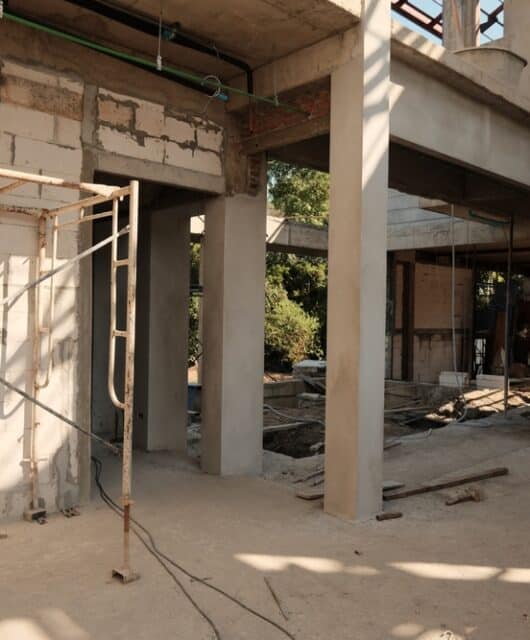Embracing Modular Construction: Efficiency Gains and Challenges Ahead

According to a Bain & Company report, markets are adopting modular construction techniques, but significant challenges make it hard to reach scale.
Industrial design and construction (IDC) can save as much as 20% in labor and material costs, reduce the need for on-site labor by up to 30%, and condense the time for construction by 20% to 50%
The benefits of IDC, especially in large greenfield projects such as those in the Middle East, are clear according to a new analysis by Bain & Company. IDC can save as much as 20% in labor and material costs, reduce the need for on-site labor by up to 30%, and condense construction time by 20% to 50%.
Other benefits include designs that focus more on residents’ needs, better quality of construction, and full adherence to design specifications due to the more controlled production environment. Modular construction can also be more sustainable, as efficient processes generate less waste and fewer emissions, and improved designs use less material and may be more recyclable.
This transition will shift profit pools, benefiting some industry players more than others. Real estate developers could see higher margins due to better-executed projects, but they could also face pricing pressure as risk levels drop.
Challenges to scale
The industry’s fragmented nature among investors, architects, manufacturers, and construction companies has slowed adoption. To encourage IDC adoption, industry players will need to work together and share transitional costs in the interest of generating better returns on investments in the long run. None of the main stakeholders have incentives to adopt modular construction on their own. But through shared action, the industry can move in this direction.
Designers and manufacturers can prepare for these shifts by investing in digital capabilities, while the construction workforce skills up in assembly techniques. Designers will need to work closely with manufacturers to better understand their production systems, and with construction companies further downstream, to develop expertise in assembly.
“The transition to modular construction will require three key prerequisites: clarity on the most adequate building technologies to the asset class mix, adjustments to the developers’ operating models, and finally upgrade to the capabilities that may not be available locally. Builders will need to ensure tighter coordination between Design, Procurement and Delivery functions as well as developing IDC awareness and skillsets across all layers of the organization,” said Dr. Houssem Jemili, Global Leader of the IDC service line within Bain & Company’s Construction, Building Products, Real Estate and B2B Services sector, and author of the recent Bain Analysis Breaking New Ground: The Efficiency Gains of Industrialized Design and Construction.
Positioning for success
While different industry segments will need to cooperate to increase adoption, each organisation will need to act to ensure its success, depending on its position in the value chain.
Karim Shariff, Bain & Company’s EMEA Head of Construction, Building Products, Real Estate and B2B Services sector explains “Real estate developers are in a strong position to shape demand for modular construction, more than most other industry players. A long-term focus on higher returns could help many real estate firms weather a period of higher investments, as the industry climbs the experience curve”.
Architects and designers will need to skill up in digital design, so that they can produce plans for fully engineered products and modules. Manufacturers have a rare opportunity to rethink completely how they construct buildings and their components. Innovations are likely to set new standards and those who set them will be poised to capture a greater share of the profit pool.
Construction companies will expand their business beyond on-site construction, moving increasingly into off-site assembly and even manufacturing. With the growth of prefabrication, the boundary between the builders and the manufacturers will blur further, and scale will matter more, leading to a consolidation of companies.







